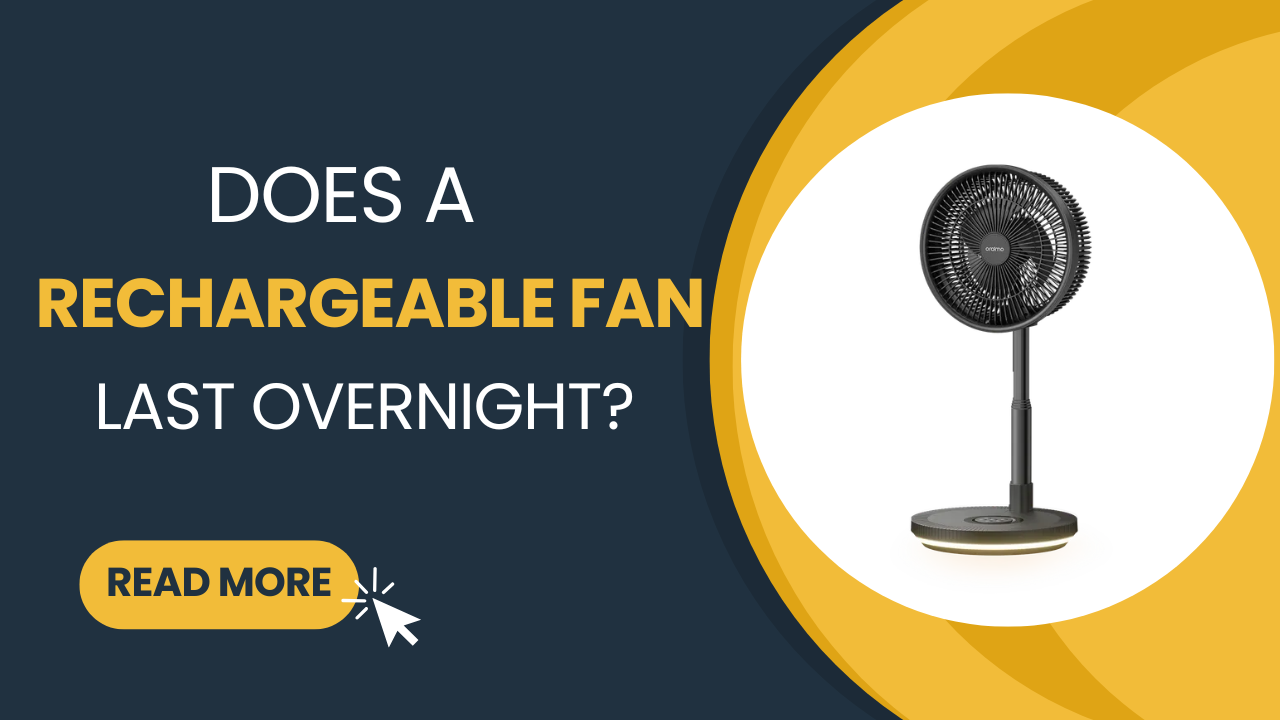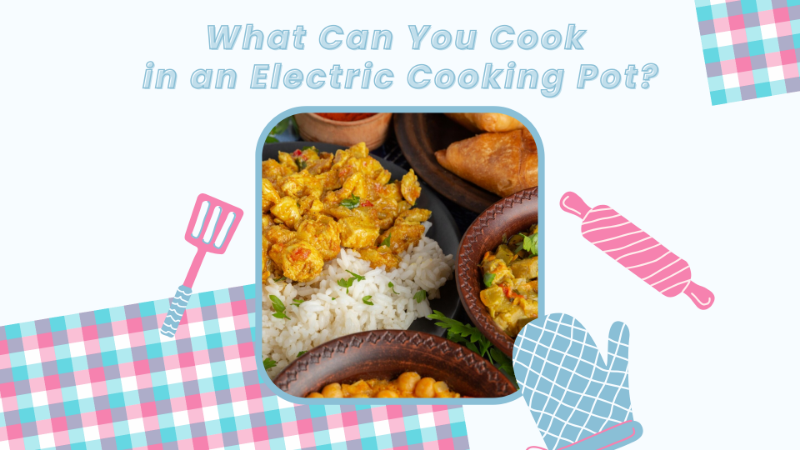


 Expires on {{ vipExpires }}
Expires on {{ vipExpires }}
 Expires on {{ vipExpires }}
Expires on {{ vipExpires }}
You just pulled your favourite sweater from the wardrobe. It’s all wrinkled up. The question “Can I iron sweaters?” immediately comes to mind. Many of us have been there before. With an electric iron in hand, we wonder if we should risk it. Understanding which fabrics can handle heat is crucial. It keeps your clothes looking fresh and lasting longer. Some materials can take the heat while others will get damaged permanently. Knowing the difference will save you from heartbreak.
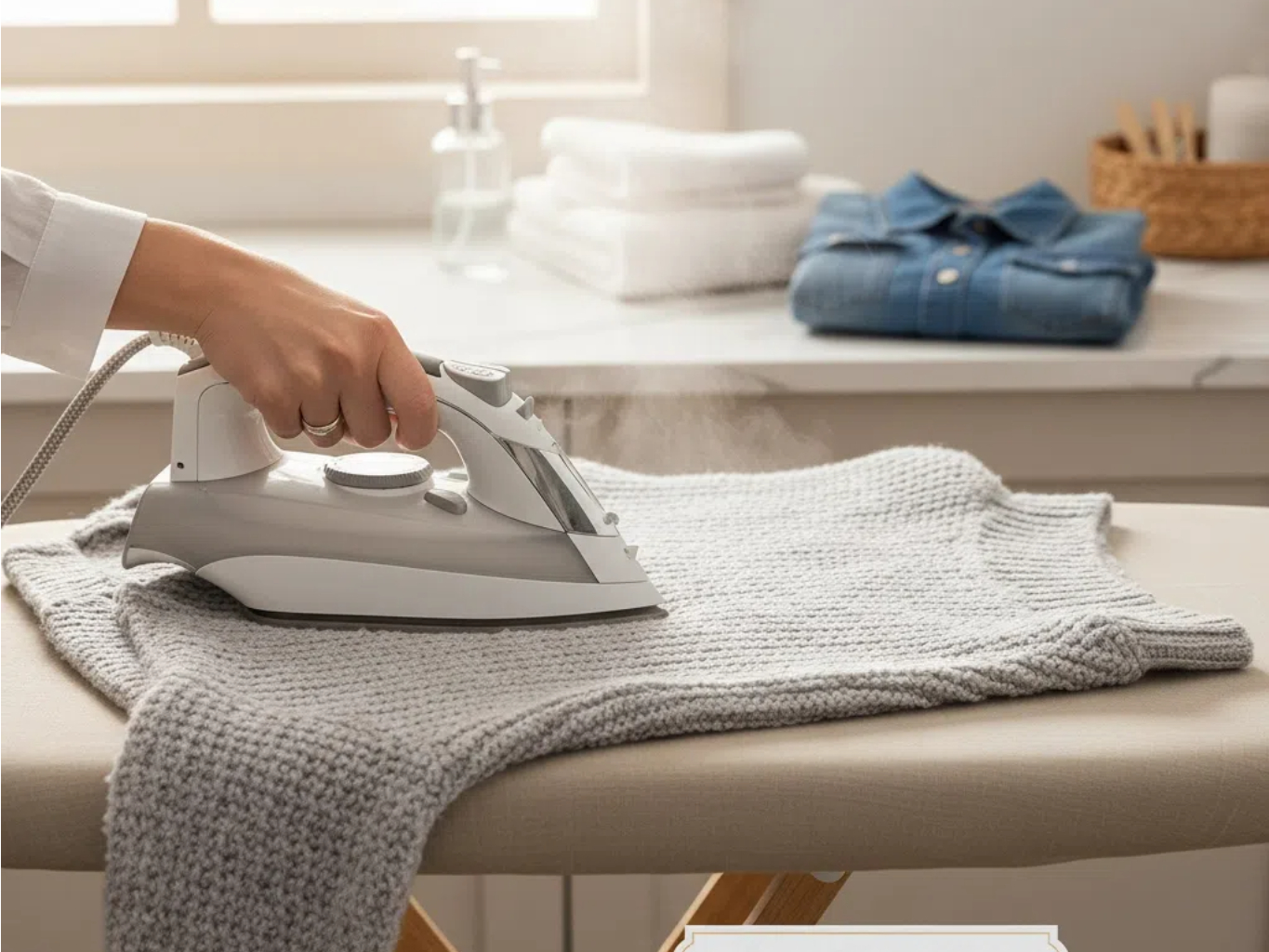
Can you iron sweaters? The simple answer is: it depends on what your sweater is made of. Not all sweaters are created equal. The fabric type heavily influences the safe use of an electric iron. Some materials can handle moderate heat with the right technique. Others will shrink, melt, or lose shape completely. You need to check the care label first.
Cotton and cotton-blend sweaters are generally safe. Here are the correct techniques you should follow:
Some fabrics and irons are like oil and water. They just don’t mix well. These materials can get seriously damaged when exposed to direct heat. Understanding which fabrics to avoid will save you from costly mistakes:
Wool and cashmere don’t respond well to direct heat. The electric iron can make the fibres shrink. Or it could make them stiff. They can also develop a shiny appearance that ruins their natural texture.
Silk is a delicate fabric and can easily get ruined. High heat can make silk brittle or cause it to lose its natural sheen. It can even develop burn marks that won’t come off.
These synthetic fabrics can literally melt under high heat. These materials are made from plastic-based fibres. They become soft and mouldable when heated. An electric iron for polyester that’s too hot can cause melting.
Bad idea to use a hot electric iron on these. The heat can melt plastic decorations or tarnish metal embellishments. Cable-knit sweaters lose their dimensional quality when pressed.
Getting the iron temperature right is basically like cooking. You don’t want too much heat, as it would spoil everything. But too little is also no good, as it won’t get the job done. Different fabrics need different heat levels and techniques:
Use the lowest heat setting on your electric iron. Never place the iron directly on the fabric. Always use a pressing cloth or steam from a distance. Hold the iron about an inch away and let the steam do the work.
Silk and satin need medium-low heat with minimal steam. Turn the garment inside out and use a pressing cloth. Move the iron quickly and lightly. Don’t press down hard or stay in one spot.
Cotton and linen can handle higher heat settings. These natural fibres actually benefit from steam. You can iron these fabrics while they’re slightly damp. Press firmly and use steam generously.
Synthetic materials need low to medium heat iron settings. Too much heat will cause melting. Use light steam and quick movements. These fabrics often wrinkle less than natural fibres.
For embellished fabrics, avoid the electric iron completely. If you must iron, place a thick towel over the embellishments. Use the lowest heat setting. Better yet, try steaming from a distance.
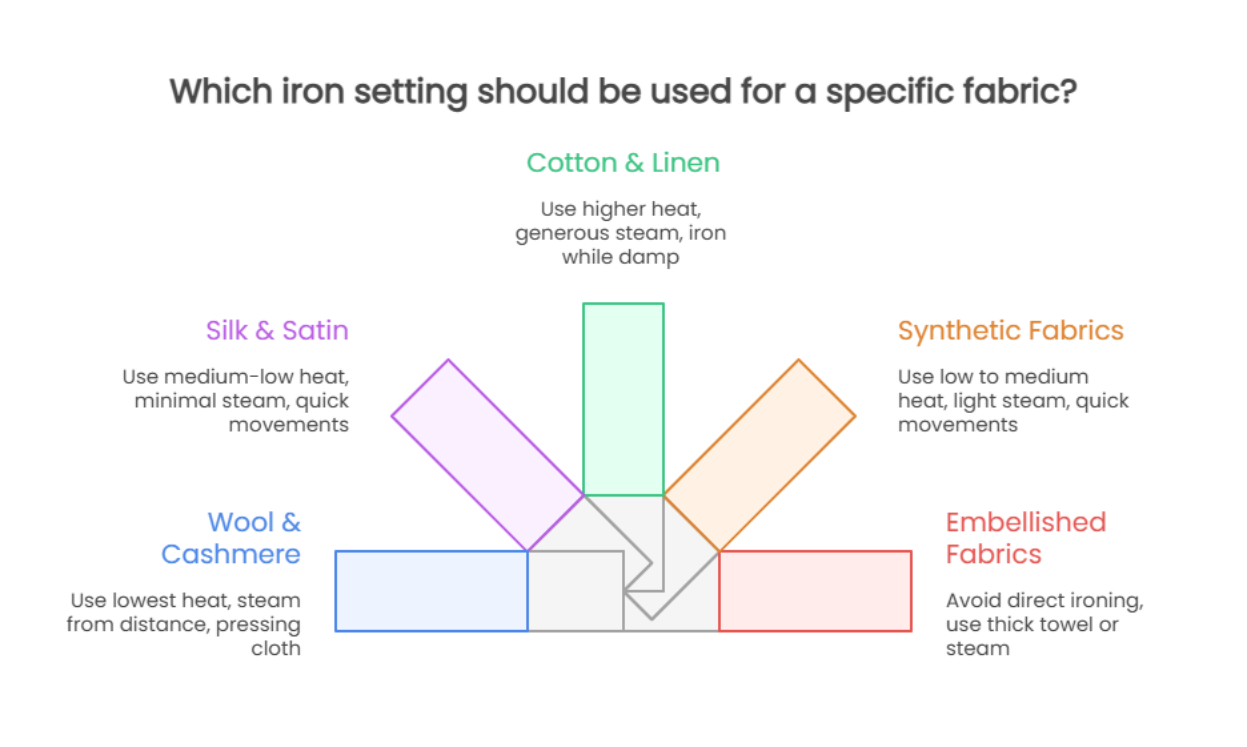
Just setting the right temperature isn’t enough. These additional tips will help you achieve better results:
Keep that iron moving constantly. Leaving an iron in one spot can cause burn marks or holes. Think cooking. You wouldn’t leave food in one spot on a hot pan now, would you?
Steam is very effective for removing stubborn wrinkles. Use your iron’s steam function or a sprinkler bottle. Add moisture to the fabric before ironing.
Don’t try to iron the whole garment at once. Use the art of working in small sections. Complete each area before moving to the next.
Hang your garments immediately after ironing. Do this while they’re still slightly warm. This helps set the smooth appearance and prevents new wrinkles.
We at oraimo understand the challenges Nigerians face in maintaining their wardrobes. Our oraimo SmartIron (OEI-801A) is designed to make ironing easier and more effective. This powerful yet user-friendly iron delivers professional results for work, church, or occasions. Its top features include:
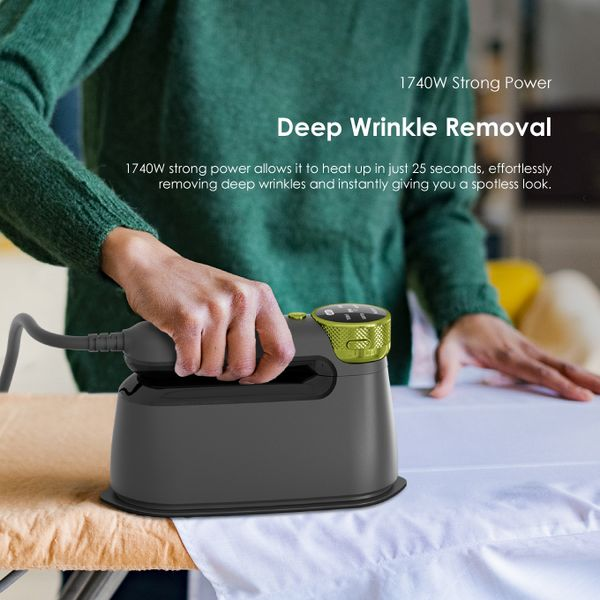
Understanding which fabrics can be safely ironed is essential for maintaining your wardrobe. Some sweaters can handle gentle ironing with proper technique. Others require alternative care methods to preserve their quality. Always check fabric labels and use appropriate heat settings. We at oraimo are committed to providing reliable ironing solutions for Nigerian households. Our SmartIron offers the versatility needed to handle different fabric types safely. Visit our website to discover how oraimo can transform your ironing experience.
1. Can I Iron a Wool Sweater?
Yes. For safely treating wool and other delicate fabrics, the oraimo SmartIron is an excellent choice. It features a dedicated wool setting with precise temperature control, which prevents the scorching and fibre damage that can occur with irons lacking these specific features.
2. Can Synthetic Fabrics Like Polyester Be Ironed?
Yes, but pay careful attention to temperature. A low to medium heat setting is best. Avoid high temperatures.
3. What is the Safest Way to Remove Wrinkles from Sweaters?
The safest method is using steam without direct contact. Hang the sweater and use a steamer.
4. Can Using a Steam Iron Damage Delicate Fabrics?
Steam is gentler, yes. But avoid too much moisture. It can cause water stains or shrinkage. Always test steam on a small area first.

